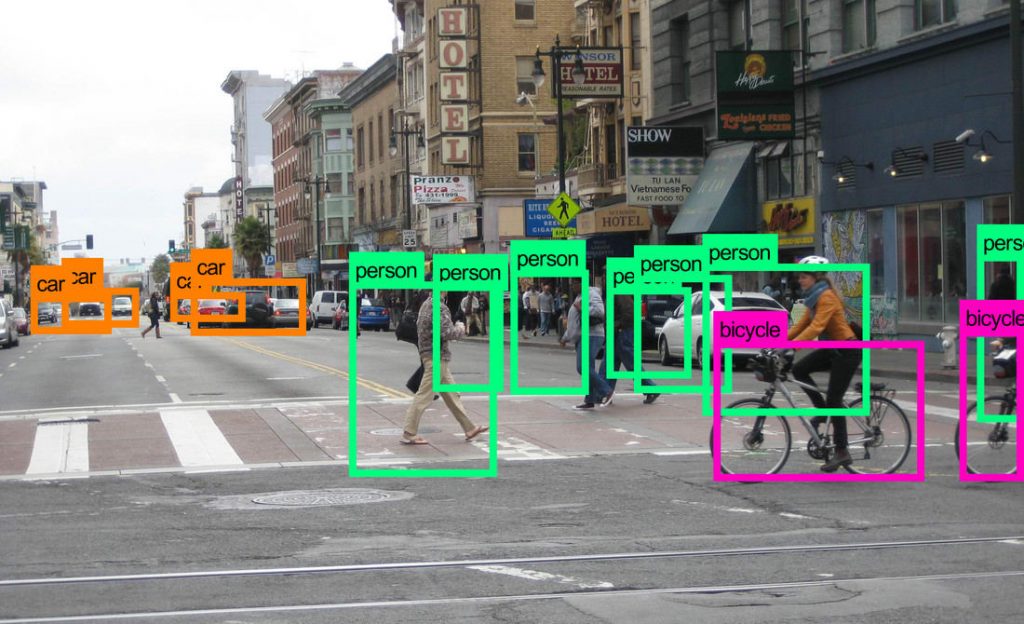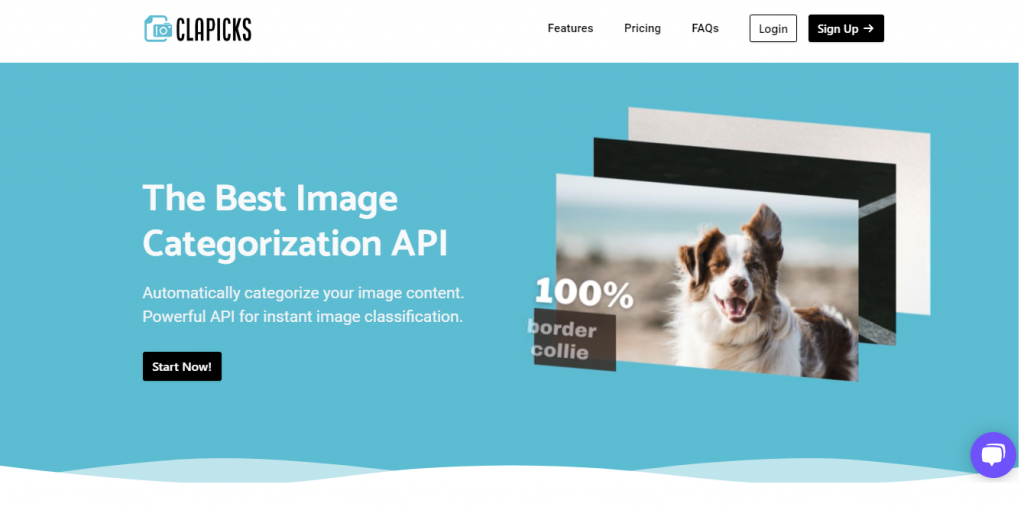Do you have any questions about the potential use you may make of IA for object detection in your business or organization? If you’re interested in learning more, read on as we’ll explain what object detection is and some common scenarios where it’s used in real life.
Finding and identifying particular sorts of things in a picture is made possible by the popular computer vision approach known as object detection. These kinds of things might be anything from people, animals, or automobiles to extremely particular things like brands of chips or different kinds of construction materials.
In order to successfully identify a person or item in a video, an application that combines object identification and picture classification must be created. To educate them how an item looks, deep learning computer vision models are fed a significant quantity of visual data. After that, the models may learn to recognize such things in different settings.

Giving systems the ability to recognize certain objects or things in a live video stream and arrive at the required result is the aim of object detection. Object detection is frequently integrated with other object detection techniques, like as tracking and counting, to create applications that are more reliable and better address practical problems.
Let us now discuss some of the most typical real-world applications of object detection.
- Customer Experience: The optimal customer experience is the primary objective of retail businesses. Applications that recognize objects assist in achieving this aim by offering insightful information on user behavior. For instance, by keeping an eye out for lengthy queues at the checkout, shops might optimize the procedure. Employees can be automatically reminded to offer more help whenever wait times reach a predetermined level.
- People Counting: There are several uses for automatic population counts in public areas and smart cities. For planning and safety purposes, it’s helpful to keep tabs on the overall number of attendees to occasions or public attractions. The most popular bus or subway stations may be found using object detection, which can also offer information on route and capacity enhancements.
- Inventory Managment: Another pair of eyes keeping an eye on every shelf in a store is object detection. When merchandise needs to be refilled, staff may be notified immediately via object detection software that has been taught to recognize every item in a store’s inventory. To ensure that they are consistently precisely and attractively supplied, CV helps retailers better manage their shelves and displays.
These are only a few of the numerous possible uses of object detection for businesses and organizations, imagination is the limit so give a try on using object detection to improve your doings.
So you’re in luck if you’re looking for a reliable and effective object detection API right now! Due to its effectiveness and precision, there is an API whose popularity has recently increased. This one, known as Clapicks, is capable of classifying images of items, scenes, and other things.

Utilizing Clapicks has a lot of benefits, including the ability to efficiently handle a large number of images and the automated classification of photos into predefined categories.
Just Four Simple Steps Will Get You Using This API
- Create a Clapicks account. Following that, you will receive an API key that you must use each time you interact with the API. This one is made up of a particular combination of numbers and letters.
- After that, you must approve your API key before making any API queries. This process is quick and simple. You may quickly validate your API key by supplying your bearer token in the permission header.
- Enter the URL of the image you wish to categorize after finishing the aforementioned steps.
- Finally, call the API; now, wait a short while for the outcomes.
That’s pretty much it; Clapicks will respond with an accurate and beneficial classification of the material in a few of seconds. Keep in mind that the performance of object recognition improves when the confidence score for the picture, which ranges from 0 to 1, gets closer to 1. Also keep in mind that you may use this API’s label function to name-identify certain objects in images!
Furthermore, we suggest visiting Clapicks‘ website and perusing its documentation if you want to learn more about this API’s possibilities.

